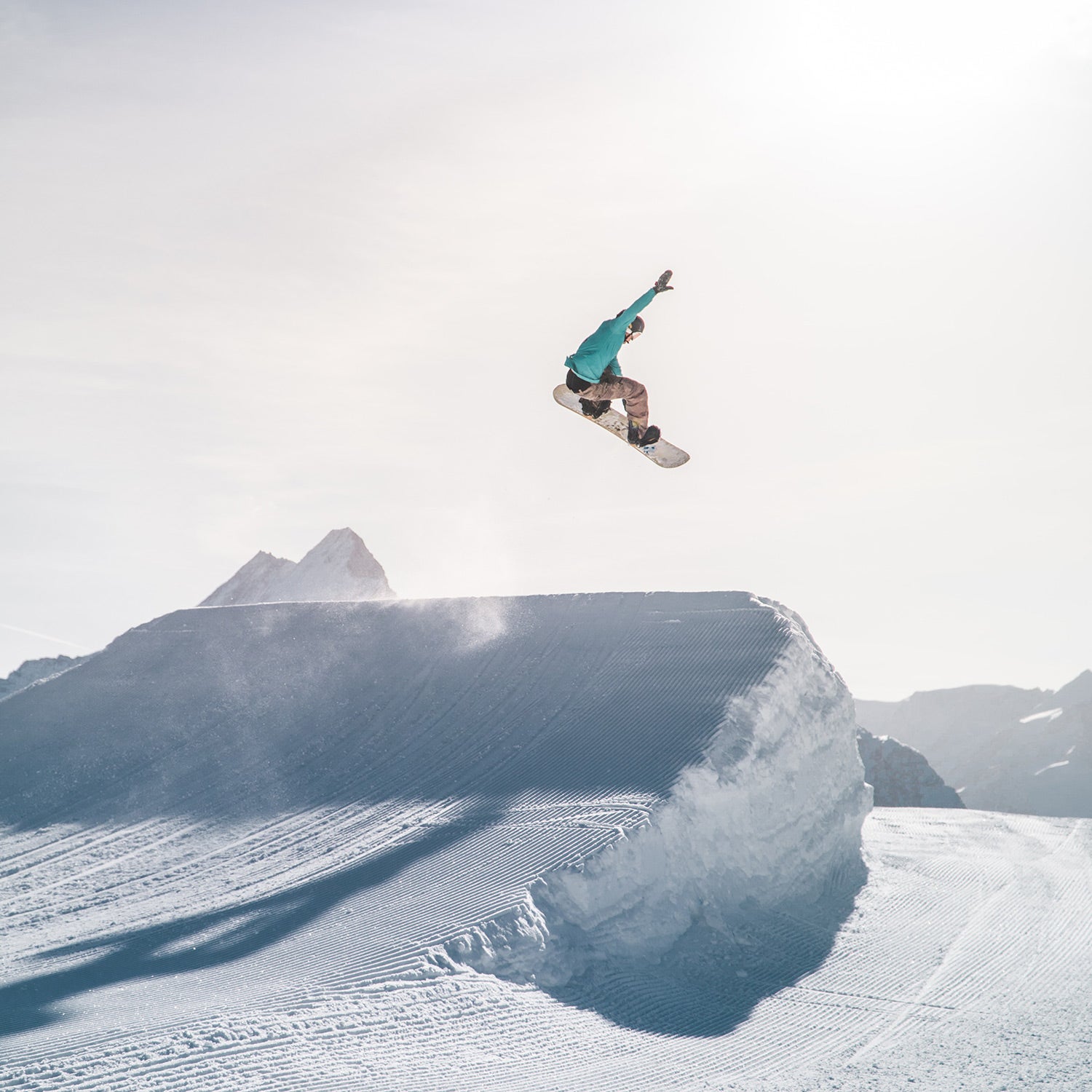Every year, we test about 50 snowboards to determine which of the new season’s models are the best. But we only have space for three boards in print. Here are the other rigs that impressed us.
Burton Show Stopper ($580)
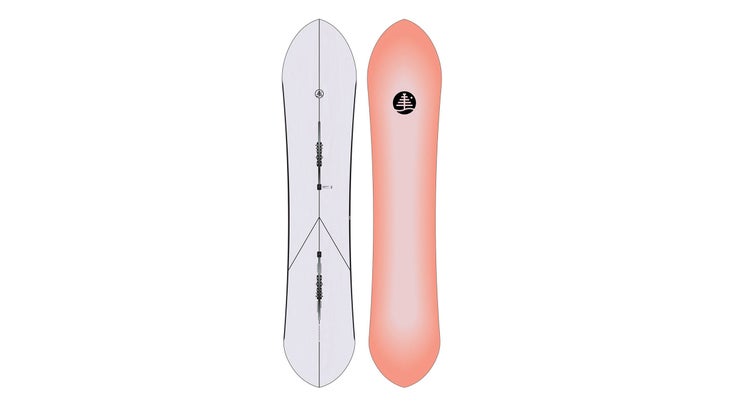
Wide rides aren’t usually sprightly, but the latest addition to Burton’s unisex Family Tree line defies convention. The medium-stiff 154-centimeter Show Stopper we tested is short and fat, sporting a generous 26-centimeter waist and a portly 30.8-centimeter nose, which tapers back to a 29.6-centimeter tail. If these specs read like gibberish, all you need to know is that the overall width—as well as the fact that the tail is significantly narrower than the nose—generates noteworthy float in powder. Thankfully, the Show Stopper isn’t a one-trick pony. Complementary directional camber offers easy-to-engage edge hold and rails turns reliably on groomers. “This board was sick on all terrain,” wrote one tester. “It holds a great edge on traverses, rails carves, and is surprisingly stable and trustworthy from takeoff through landing. Light and nimble, it makes me want to chuck spins off everything.” He did point out an obvious weakness of the small tail, though: riding and landing switch. —Drew Zieff, snowboard test manager
Never Summer Harpoon ($590)
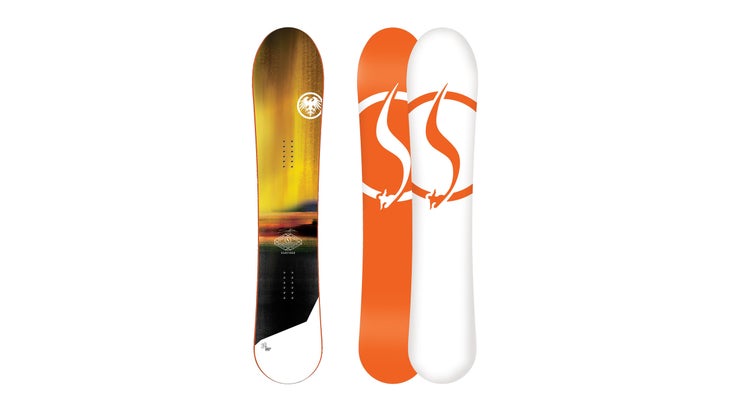
Truth is, the vast majority of boards ride well in powder—assuming you’re riding fast enough. But there’s a harsher truth for beginners and intermediates: progression in deep snow can be a demoralizing affair, especially if riding a smaller all-mountain shape or park board because it can be hard to maintain enough speed. The Harpoon is crafted in Never Summer’s ultra-durable construction, which includes a resilient sintered base and sidewalls, pre-tensioned fiberglass laminates, and best-in-class thermoplastic topsheets. But this laidback board is on the soft side, with an extremely setback stance and a long, wide, flat-to-rocker nose. “This shape kept me floating on a few of the deepest days of my life,” commented a motivated intermediate, who sized down to adapt to the Harpoon’s generous width (29.7 centimeters at the nose and 24.8 at the waist). “The soft, long nose was buoyant and easy to maneuver.” On days when powder wasn’t on the menu, she appreciated the directional shape and camber under the bindings, and said that she was able to noticeably improve her turns. That said, advanced riders who appreciate soft, surfy flex will get a kick out the Harpoon, too. Note that the unisex Harpoon is available in a wide range of sizes, although we only tested a 148 that best suited our smaller testers. —D.Z.
Rossignol One ($550)
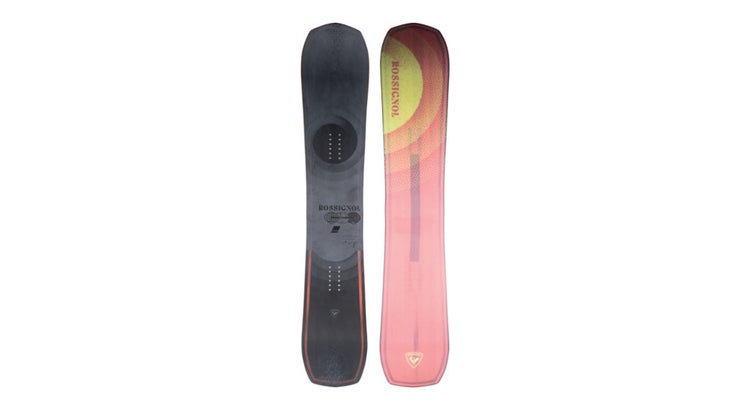
If you’re hunting for a reasonably priced all-mountain shape that can tackle both terrain parks and technical steeps, Rossignol’s ever-popular One is a solid choice. This year, the brand’s designers took a hacksaw to the once-traditional nose and tail, adding a more angular, geometric look. More importantly, they tacked on ten percent more camber, amping up the leverage you can apply to its serrated edges. “This board is ideal for riders who want a playful piste-to-powder board with stability when charging and respectable pop,” commented one rider. He did warn that heavier riders or freeriders craving “speed and stability in big mountain steeps may want a stiffer board.” Another freestyle-oriented tester approved of the pliability: “Make sure and bring plenty of rolls to the party, because this thing serves up the butters.” —D.Z.
Weston Riva Women’s Splitboard ($900)
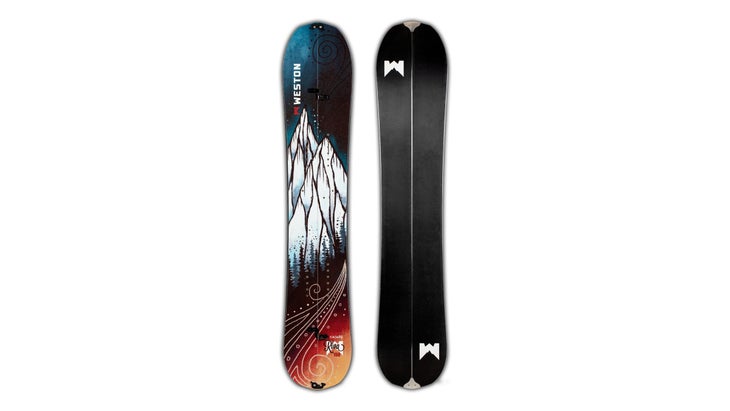
The Riva is a directional ripper built with lighter riders in mind so look elsewhere if you plan on riding your split switch. With a paulownia and poplar wood core and carbon tracers from tip to tail, the ride is stiff—ideal for powder or chunder. Camber between the feet and rocker under the nose and tail mean this board is quick and slashy in powder and tight trees: a joyful little whip. —Kyle Dickman, splitboarding tester


